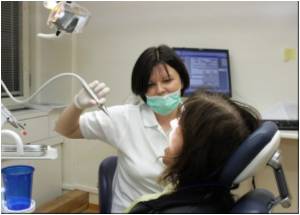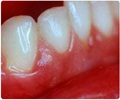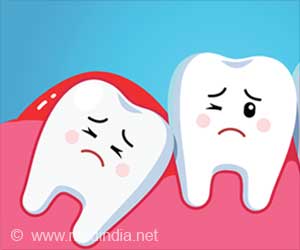A new discovery may replace the needle used to give local anesthetic in the dentist's chair for many procedures.

The discovery could lead to a new generation of intranasal drugs for noninvasive treatment for dental pain, migraine, and other conditions, the scientists suggest in American Chemical Society's bi-monthly journal Molecular Pharmaceutics. The article is scheduled for the journal's May-June issue.
William H. Frey II, Ph.D., and colleagues note that drugs administered to the nose travel along nerves and go directly to the brain.
One of those nerves is the trigeminal nerve, which brings feelings to the face, nose and mouth. Until now, however, scientists never checked to see whether intranasal drugs passing along that nerve might reach the teeth, gums and other areas of the face and mouth to reduce pain sensations in the face and mouth.
Neil Johnson, working in the labs of Frey and Leah R. Hanson, Ph.D., at Regions Hospital in St. Paul, Minn., found that lidocaine or Xylocaine, sprayed into the noses of laboratory rats, quickly traveled down the trigeminal nerve and collected in their teeth, jaws, and mouths at levels 20 times higher than in the blood or brain.
According to the scientists, the approach could provide a more effective and targeted method for treating dental pain/anxiety, trigeminal neuralgia (severe facial pain), migraine, and other conditions.
Advertisement
SRM













